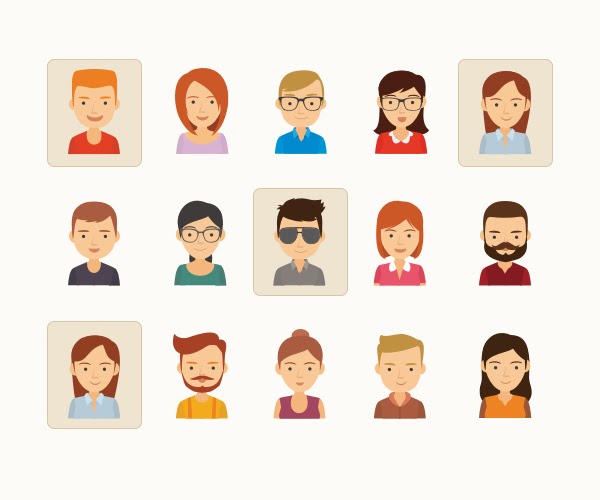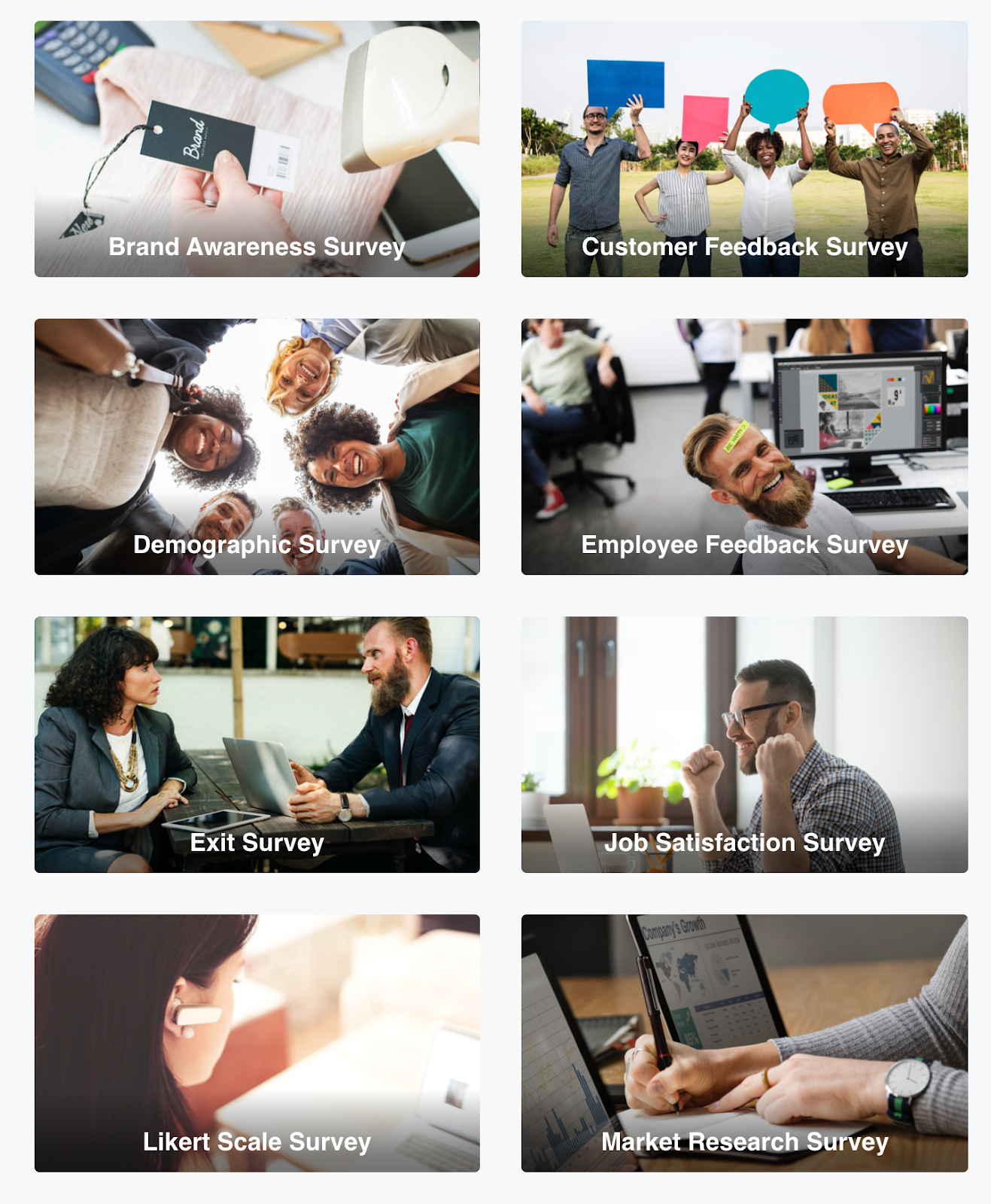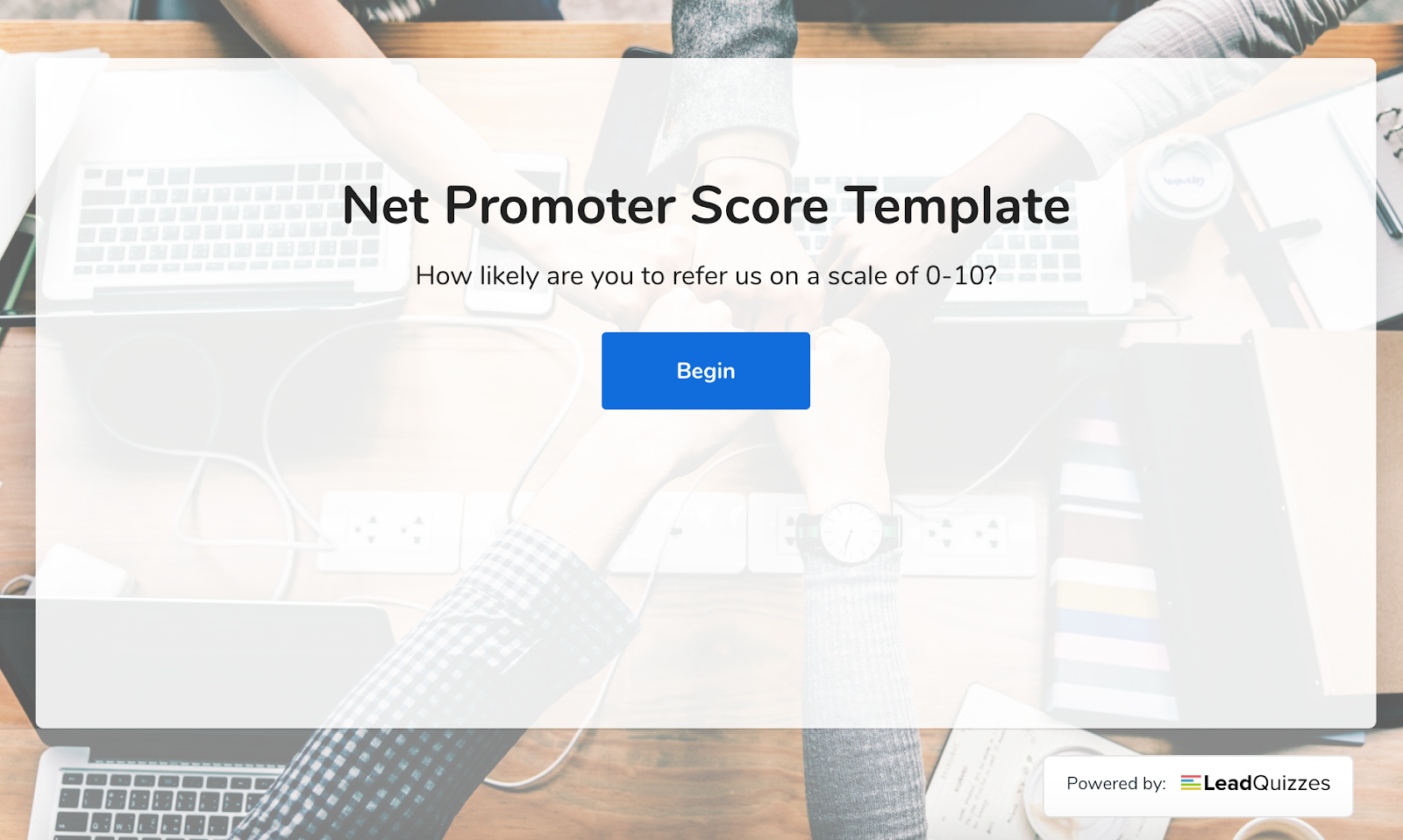Launching a new product? Considering whether you should offer new services or tweak the current ones? Such moments can be challenging both for established brands and those just trying to break into the market.
Whenever you have something new to offer to your customers, there are numerous factors to be taken into account if you want to make well-informed decisions that would increase the chances of a successful launch, instead of stumbling in the dark and hoping for the best.
This is where consumer research kicks in.
What is consumer research?
Consumer research is the aspect of market research that focuses on identifying the motivation, preferences, and purchase behavior of (potential) consumers.
Companies rely on consumer research to analyze and better understand consumer psychology so as to improve their products or services, making them more customer-oriented, and ultimately increasing customer satisfaction and the number of sales.
Having a deep understanding of consumer decision-making and purchase behavior allows brands to build products that will find their market fit more easily, put the optimal price tag onto them, and establish the right distribution and promotion channels.
Let’s say a beauty industry company wants to launch a new skincare product. In order to de-risk their production and product placement, they could launch a skincare quiz to find out what it is that their consumers actually need:

And then they could do additional market research to find out more about their ideal customer’s demographics and purchase habits. Conducting this kind of consumer research is expected to facilitate a successful launch for the new product and ensure that there’s actual demand for such a product on the market.
Before we dig any deeper into consumer research, here’s a survey template you could easily use to do your own market research.
Consumer research survey template
Just here for an easy way to conduct your own consumer research? No worries, we’ve got you covered – grab this market research template and learn more about your consumers right now.
If you would like to learn more about how and why you should conduct the research using the template above, keep on reading.
Why you should conduct consumer research
Often, people do research just because they’ve been told to do so. But if you’re looking to better understand your consumers and their needs, you need to know why you should be conducting consumer research in the first place. Even though there are plenty of benefits, here are the top three I’d like to point out:
Understand market readiness
No matter how good you think your products or services are, there’s a fair chance you’re not completely objective nor representative of your ideal target consumer.
When launching a new product, there’s a lot of investments going around and, naturally, you’d expect adequate ROI. However, if there’s not enough market potential, your investment might fail. This is where consumer research kicks in.
Identify target consumers
Another important benefit of conducting consumer research is the ability to identify and analyze your target customers. In other words, this allows you to determine who might be interested in buying your products or using your services.

For example, you can use a demographic survey to obtain various information on your customers such as age, gender, geographic location, employment, marital status, and more. Or you can rely on different types of market segmentation to reach your ideal customer. This would allow you to customize your marketing efforts to better appeal to particular customer sets.
Get feedback on existing products or services
Finally, consumer research can help you obtain valuable feedback on your current business offer. Such feedback can help you update or improve your current products based on the valuable information from the actual consumers.
Getting feedback is important because it helps brands and businesses better understand the consumers’ standing point and come up with an improved product that would help address the challenges they’ve been having and fully meet the actual market needs and requirements.
Main consumer research methods
There are two main types of consumer research – quantitative and qualitative. Both types rely on different research techniques that we’ll explore in more detail down below.
Quantitative consumer research
By 2025, the global data pool is expected to rise up to 175 zettabytes. That’s why meaningful data has become more valuable than ever and the way companies collect data can either make or break their business success.
Quantitative research is a data collection method that revolves around numbers and stats. It’s an essential part of consumer research that can provide businesses with measurable data on their customers. Such data can be mathematically and statistically analyzed in order to gain more insight into consumer behavior.
The most effective and most popular techniques for obtaining quantitative data are different types of online questionnaires such as surveys and polls.
Surveys and polls
Nowadays, the easiest way to obtain consumer data is through online surveys, questionnaires, and polls. Thanks to highly-advanced and intuitive survey tools, it’s now easier than ever to create your own data collectors, either from scratch or using professionally written templates.
All the LeadQuizzes users, for example, gain free access to 78 professionally written and beautifully designed survey, quiz, and form templates. This includes market and consumer research survey templates such as the ones shown in the image below:

To access the LeadQuizzes templates, just log in to your account (or sign up for a free trial if you don’t have an account yet) and select your preferred template from the selection of pre-made templates. You can use the templates as they are or easily customize them to meet your specific needs.
One of the easiest ways to obtain quantitative customer data is by using an NPS (Net Promoter Score) survey. This customer research technique allows you to easily evaluate the satisfaction of your current users and express it through numbers for easy analysis. With just one single question – “How likely are you to refer our business?” – you can easily measure consumer satisfaction and loyalty.
To preview (or use) an NPS survey template, just click on the image below:

Qualitative consumer research
Unlike quantitative research, which relies on numbers, qualitative consumer research is descriptive in nature. To obtain qualitative data, you need to be using open-ended questions with no predefined answer options. While this means that you can still be using online surveys to obtain qualitative data as well, there are a few more options to choose from.
Focus Groups
A focus group is a small group of people who are experts on a particular subject matter and whose job is to analyze a particular aspect of consumer research – e.g. a new update, feature, product, and so on.
Ideally, focus groups contain somewhere between 3-10 people, including an obligatory moderator. Depending on the research topic and goal, the members of a focus group should be brought together around certain common denominators.
For example, if you’re doing research on the use of birth control pills, all the members of your focus group need to be sexually active females. The remaining parameters like age, education, employment, and so on, may or may not be relevant here.
1-to-1 interviews
In most cases, this is a conversational method that presupposes an interviewer and an interviewee. During this type of consumer research, the researcher (the interviewer) asks questions (that are equivalent to the open-ended survey questions) related to products and services.
There are two main limitations to this method. Firstly, it’s very time consuming and might become overwhelming if you have to interview an excessively large number of consumers. And secondly, it very much relies on the researcher’s expertise and ability to extract the relevant information from interviewees.
Social media monitoring
This type of consumer research could also be described as content or text analysis but, in recent years, it primarily refers to the analysis of consumer behavior on social media. Here, the researchers analyze consumers’ social life by decoding their social media posts and interactions to draw inferences related to their consumer behavior and habits.
After the research
Above, we’ve introduced you to consumer research – what it is, why you need to conduct it, and what are some of the best ways to do so. Once you’ve managed to conduct your research, gather the necessary data, analyze it, and come to certain conclusions, you should have a better insight into the exact needs and pain points of your customers.
This will allow you to adapt your business, update, tweak or completely revamp your products and services, and develop a better marketing plan that would allow you to attract more consumers, determine the optimal price, increase the number of sales, and reduce costs.